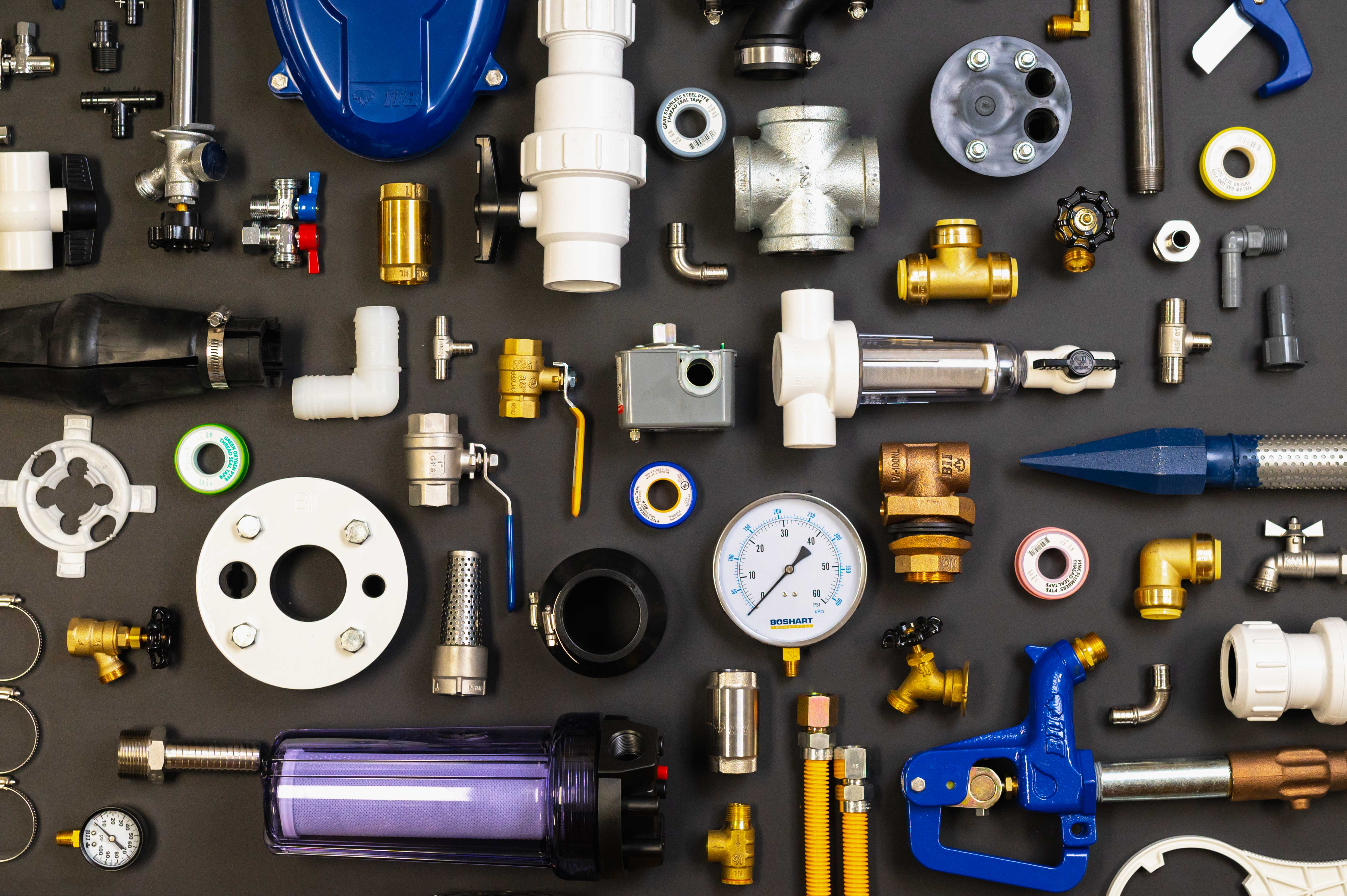When it comes to maintaining a reliable outdoor water supply year-round, especially in freezing climates, frost free yard hydrants are a game changer. Built for durability and designed to withstand harsh weather conditions, these hydrants ensure water access even in the dead of winter without the risk of freezing.
Unlike traditional hydrants that may rust or fail over time, stainless steel models offer superior corrosion resistance and longevity, making them a smart investment for homeowners, farmers, and facility managers alike.
In this blog, we’ll explore the common mistakes that people make when installing frost free yard hydrants, and go through things you should do instead. Let's get started.

Installation NOs
- Yard Hydrants are not meant for potable (drinking) water applications
- Never install a yard hydrant in wet, swampy areas where drainage could be a potential
 problem
problem - Installing a yard hydrant near a driveway will cause frost to penetrate deeper (if this can't be avoided, you may need to select a longer bury depth)
- Try not to install the yard hydrant with the spout higher than indicated in the instructions (if desired height from ground up to the bottom of the spout is more than indicated, you must order a longer hydrant)
- Do not cheap out on the drain bed
- Never use brass (yellow brass) fittings in a below ground installation, only use quality bronze alloys
- Don't use clamps that are manufactured with 200 or 400 series stainless steel or have any plated steel components
- Don't forget to install the downward facing street elbow
- Never loosen off a pipe joint or connection to get the desired orientation of the yard hydrant head
- Never twist the standpipe. This will exert force on the underground connections which could result in breaking the supply line or damaging the connection to the hydrant

Things to DO Instead!
- Always make sure the yard hydrant is in compliance (and installed) with all the applicable national or local plumbing or building codes
- Select an appropriate location that has good drainage year round
- Select the correct bury depth (12 inches below the deepest frost penetration for your area is good practice)
- Always install a patio stone or cement block in the drain bed for the raised pad of the hydrant tee or elbow to rest on (the slab will help prevent the hydrant from settling into the drain bed over time)
- Be sure to install appropriate back flow prevention between the yard hydrant and the water source whether it is a private well or a municipal water supply
- Use either bronze or stainless fitting to make the connections between the supply line and the yard hydrant inlet (both bronze and stainless materials are very good in regards to preventing corrosion)
- Always use both a quality anti-galling PTFE thread seal tape along with a quality thread sealing compound on all NPT threaded pipe connections, this will prevent seizing (cold welding of the stainless components and will reduce the chance of a leaking connection)
- Always use all 300 series stainless steel clamps
- Always pay attention to the yard hydrant head orientation when connecting the supply line (if the connection is getting tight and another full rotation will not be possible, stop and test for leaks)
- Always prepare the drain bed as per the Boshart installation instructions, the bigger the drain bed, the better
- Always install a 1/8" street elbow in the drain port with the opening facing straight downward
- Always flush the supply line and yard hydrant after the connections are made to make sure there is no foreign debris left in the line and that no freight debris from the line could get lodged in the yard hydrant valve body
- Always pressure test the connection to the supply line to make sure there are no leaks before developing the drain bed
- Make sure the hydrant is working properly before developing the drain bed and back filling
- Always add a barrier over the crush gravel or stone in the drain bed to keep earth (sand, clay, silt, etc.) from working its way into the drain bed media, which would affect the drain beds efficiency
- Be sure to add a stabilizing post to secure the yard hydrant standpipe top if the hydrant could be contacted near livestock, or some kind of barrier to prevent any damages to the yard hydrant
In Conclusion:
Installing a frost free yard hydrant the right way can mean the difference between years of hassle-free water access and costly repairs down the line. By avoiding the common mistakes we’ve covered and following the best practices, you can ensure your hydrant performs reliably through every season—especially when temperatures drop.
Whether you're upgrading your current setup or planning a new installation, taking the time to do it right is an investment in both convenience and peace of mind.
Have further questions about this subject?

Head over to Boshart's Knowledge Base: technical product information, guidelines, and more.




![[Video] 4 Pro Tips When Installing a Tank Tee](https://blog.boshart.com/hubfs/17.jpg)
SHARE